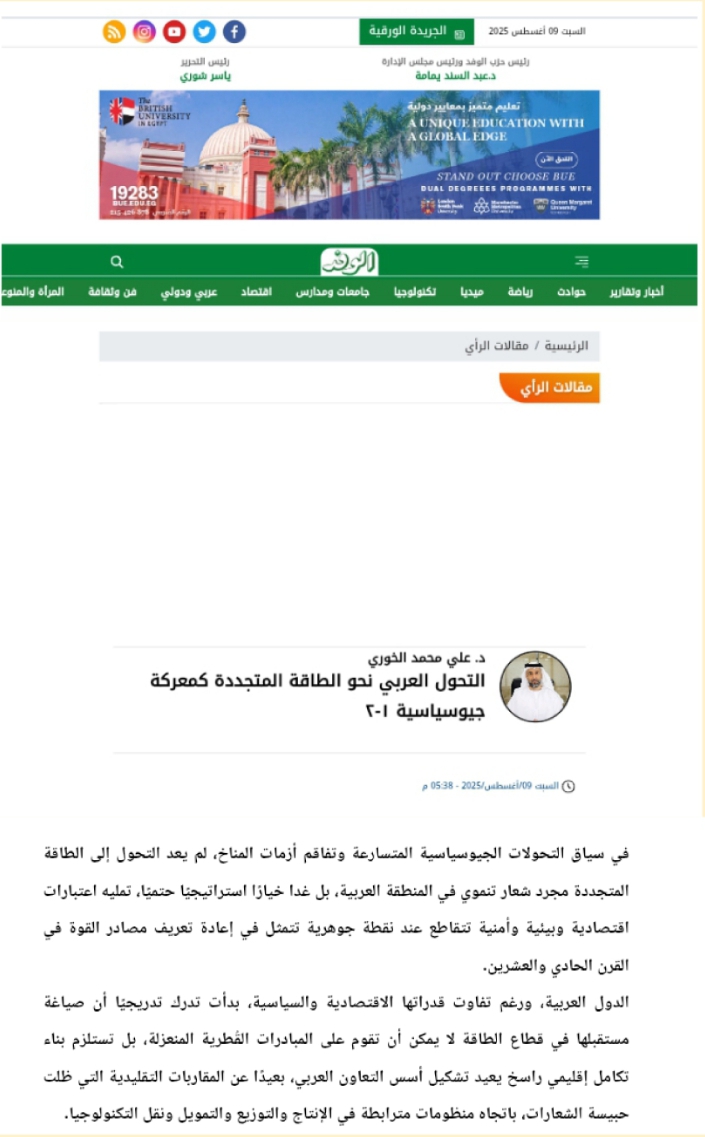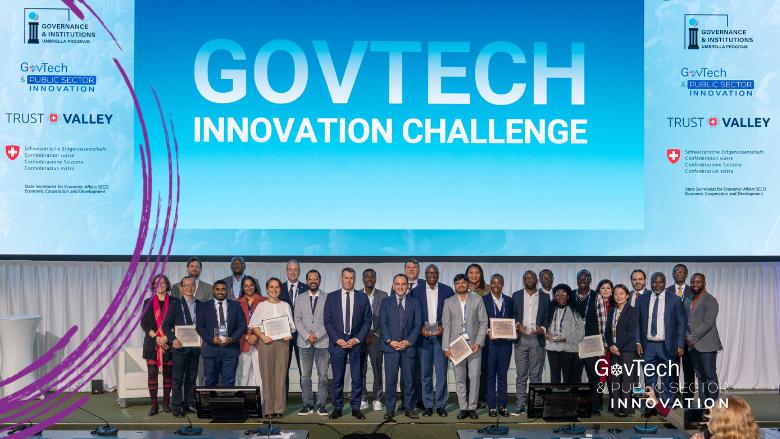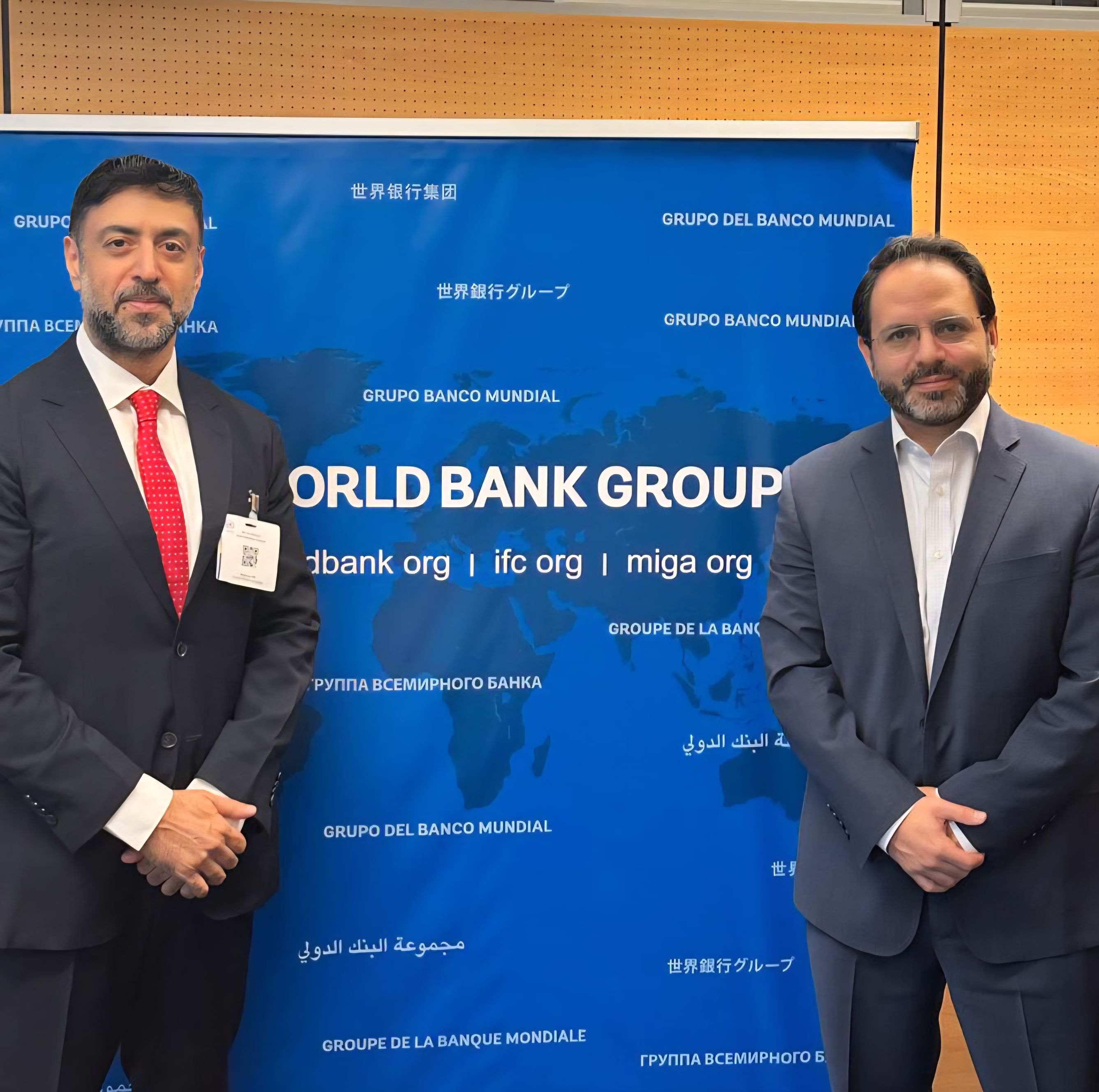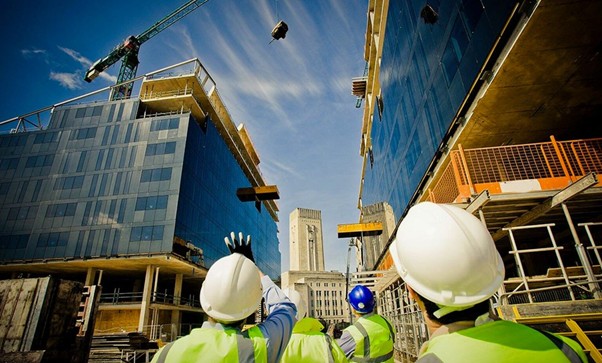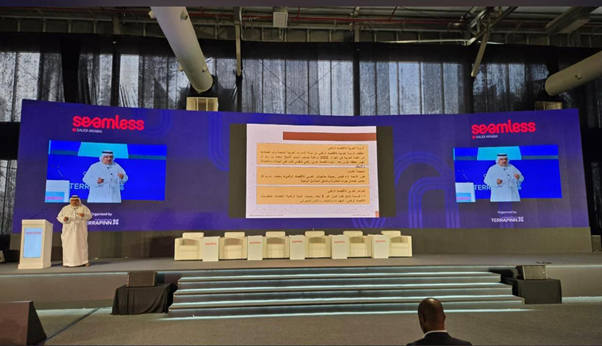Cairo
Source: Al-Wafd Newspaper
Prof. Dr. Ali Mohammed Al-Khouri
In the context of accelerating geopolitical transformations and worsening climate crises, the transition to renewable energy is no longer just a development slogan in the Arab region. Rather, it has become an inevitable strategic choice, dictated by economic, environmental, and security considerations that intersect at a fundamental point: redefining the sources of power in the twenty-first century.
Despite their varying economic and political capabilities, Arab countries are gradually realizing that shaping their future in the energy sector cannot be based on isolated national initiatives. Rather, it requires building solid regional integration that reshapes the foundations of Arab cooperation, moving away from traditional approaches that have remained confined to slogans, toward interconnected systems of production, distribution, financing, and technology transfer.
What distinguishes the current phase is not only the growing awareness of the transition to clean energy, but also the rise of a more mature, pragmatic approach that views renewable energy projects as an opportunity to restructure economies, strengthen the Arab presence in the global alternative energy market, and leverage the region’s unique geographic, solar, and wind potential to become a global export platform for green hydrogen and clean energy.
Arab cooperation on this path cannot be reduced to information exchange or symbolic partnerships. What the region needs is to build a collaborative system with a strong institutional structure, based on the establishment of cross-border electricity grids, joint research and development centers, production and export agreements, and sovereign and joint financing formulas capable of reducing investment risks and opening the way for foreign capital inflows. This path, if built with a strategic vision, could lay the foundation for a historic shift in the concept of “Arab energy security,” from dependence on oil fluctuations to a position as a creator and exporter of green innovation.
At the heart of this transformation stands the United Arab Emirates, which has set an advanced model in combining proactive vision with smart financing. It has invested over $40 billion in clean energy projects around the world, built the world’s first green aluminum plant, and developed an ambitious plan to produce one million tons of green hydrogen by 2030, making it one of the few countries globally that not only focuses on domestic consumption but also seeks to become a strategic export platform for Europe and Asia.
As for the Kingdom of Saudi Arabia, it has transitioned over the past five years from a fossil fuel producer to a designer of a future-oriented hybrid energy system. Investing in rare earths, localizing battery and solar-related industries, and leading blue and green hydrogen projects are all steps that establish a strategic direction aimed at repositioning the Kingdom as a vital hub in the global energy system.
According to announced plans, the Kingdom of Saudi Arabia aims for renewable energy sources to constitute half of the national energy mix by 2030. This ambitious goal requires a comprehensive restructuring of the production system, including increasing current production capacity by more than twenty-fold, and simultaneously developing infrastructure and technical capabilities. This ambition presents the Kingdom with a delicate strategic equation, requiring thoughtful technological acceleration, long-term financial planning, and the construction of stable and scalable supply networks within a flexible governance framework capable of keeping pace with global market shifts.
There is more to come
